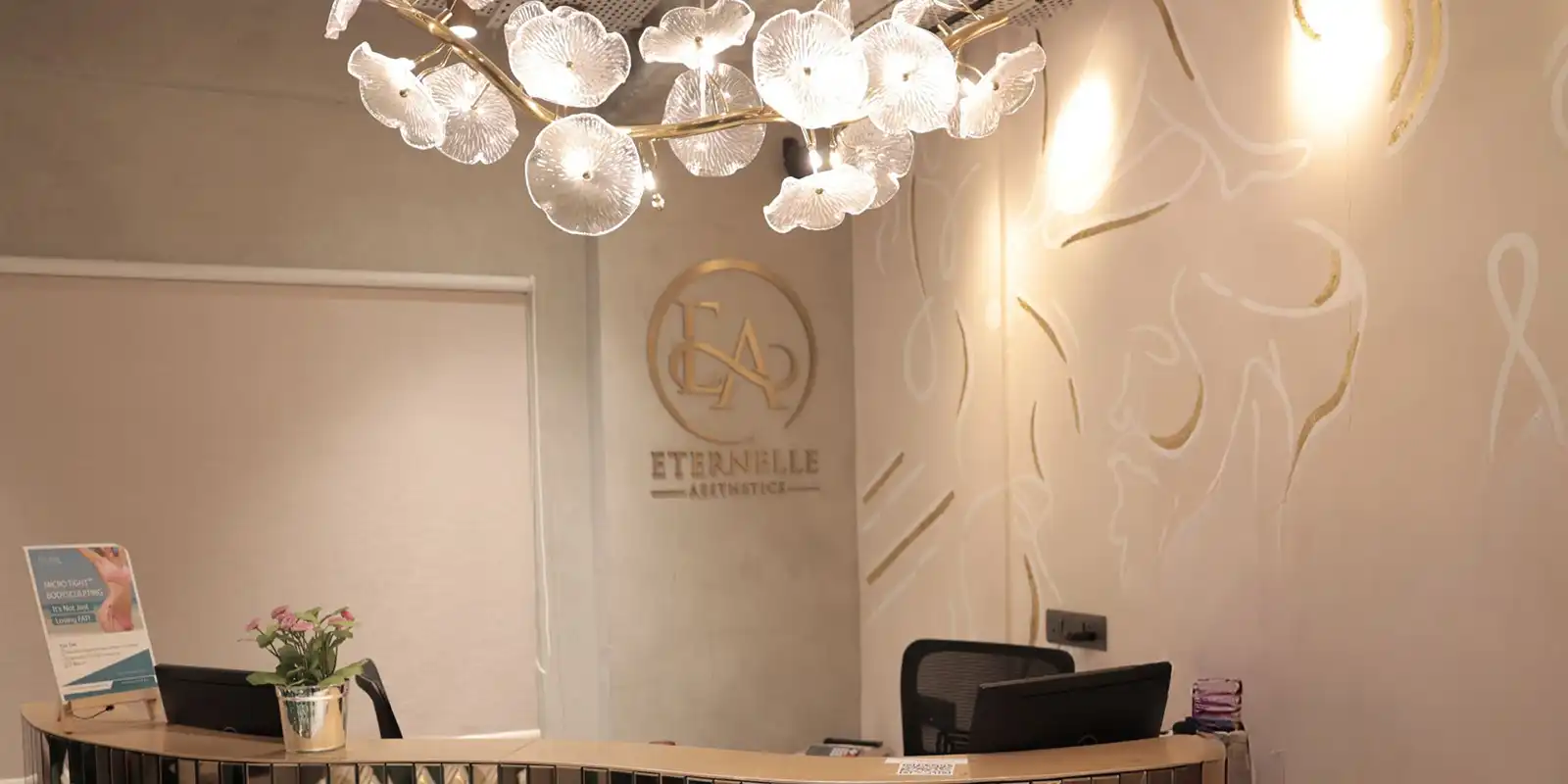Date 21 Jul 2023
Breast implant surgery is a popular choice for women looking to enhance the appearance of their breasts. Thousands of women around the world opt for this procedure. Although nearly every patient gets satisfactory results, many people are still sceptical about breast implants. You may find an overwhelming amount of information on every corner of the internet that might confuse you.
Dr. Deepthi Devarakonda, a consultant plastic surgeon at Eternelle Aesthetics in Film Nagar, Hyderabad shares some facts and tips about breast implants that will help you sort through all the information. Before delving into the details of the procedure, let’s shed some light on the history of breast augmentation. Breast augmentation or boob jobs are not a new phenomenon.
It has been the most popular cosmetic surgical procedure for ages. In ancient times, various methods were employed to enhance the appearance of breasts, including the use of animal fat, paraffin, and even liquid silicone injections. Later in the mid-20th century, the concept of using implants emerged which are safe and provide desired results.
With advancements in medical science and technology, modern breast implants have become the gold standard for enhancing breast size and shape. Older silicone implants, used before 1990, had a more liquid fill. But, modern implants are filled with silicone that has a consistency like a “gummy bear.” These implants are designed to be leak-proof and resistant to rupture. They have gained popularity due to their natural feel and appearance.
Now that you know modern implants are safe and reliable, let’s understand why someone might need them.
Here are certain criteria that should be met for the procedure:
The surgery is performed under general anaesthesia and takes approximately one to two hours. During the procedure, a small incision is made in inconspicuous locations such as the crease beneath the breast, the armpit, or around the areola. The chosen implant is then placed into breast tissue or beneath the chest muscle.
You might stay in the hospital for a few days. During this time, you may have drainage tubes in place for a day or two to remove the blood and other fluid away from your chest. Swelling and bruising around the chest are common and may take a week or two to subside. Pain and discomfort are also to be expected for which you will be prescribed medications.
To support the healing process, you will need to wear extra support garments for a few weeks. You should expect to take some time off work and may need help with daily activities for a period of time. You will have a follow-up appointment to have your stitches removed. It might take several months for all swelling to completely subside and for the scars to heal.
Recovery time can vary since each person heals at their own pace. On average, it takes about six to eight weeks to recover completely. Most individuals can expect to return to their daily activities within a week, although strenuous exercise and heavy lifting should be avoided for several weeks.
As with any surgical procedure, breast implant surgery carries certain side effects, including bruising, bleeding, swelling, soreness, and increased sensitivity in the breasts or nipples.
The surgery does not generally pose a significant risk to breastfeeding. While it does involve making incisions and altering breast tissue, it is unlikely to affect your ability to breastfeed.
“As long as the incision is made away from the nipple area, the milk ducts and glands should remain unaffected,” says Dr. Deepthi Devarakonda.
Breast implants do not cause or increase the chance of developing cancer. Even when it comes to breast cancer screenings, they are not affected. It is merely a myth”, says Dr Deepthi. Radiologists and technicians know how to manoeuvre the implant out of the way during a mammogram.
While implants are not considered lifetime devices, they can provide lasting results. With proper care and regular follow-ups, many women enjoy the benefits of their implants for several years. But, implants may need replacement or removal due to age-related changes or individual preferences. If you are thinking about getting breast implants and don’t really know where to start, consult Dr. Deepthi Devarakonda to get expert guidance and determine the best course of action.
